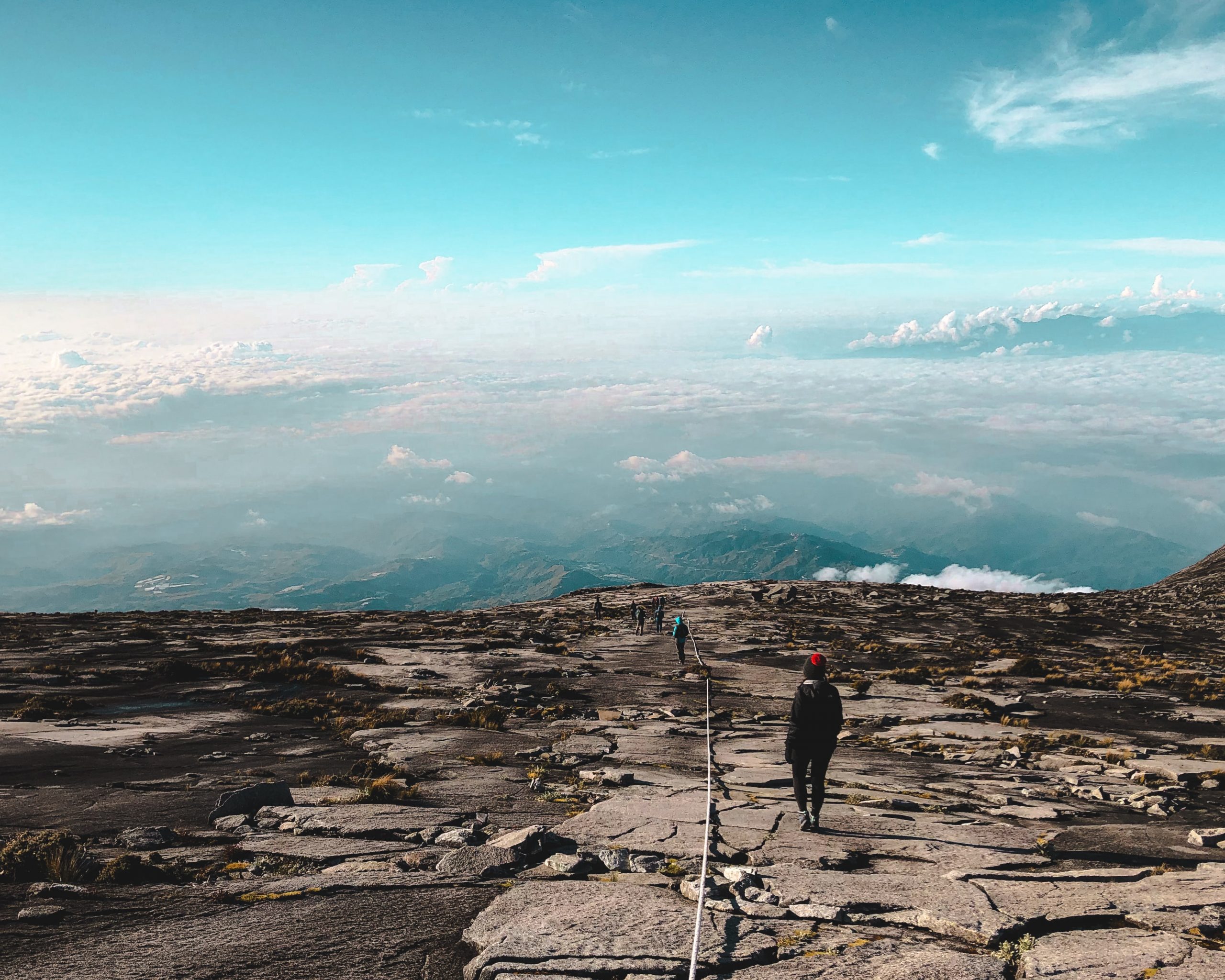
Bajau Laut (Sea Gypsies)
Published on Nil | by pulaumabul.com
The Bajau Laut are known as ‘Sea Gypsies’ due to their nomadic, seafaring way of life
They may be found in Mabul, Bohey Dulang, Sibuan, Maiga, Mantabuan, Selakan & Omadal
The Regatta Lepa is a popular annual festival celebrating their wonderful customs and traditions

The sea gypsies of Sabah, Malaysia.
Few communities around the world can boast a deeper connection with the ocean than the legendary Bajau Laut of Borneo, who follow a nomadic, seafaring way of life throughout their entire lives; they rarely set foot on land.
Population
The sea gypsies are true masters of the sea, having roamed the waters of the Coral Triangle between Malaysia, Philippines and Indonesia for many generations.
Even today, a sizeable population still live in wooden houseboats or stilt huts built atop coral reefs near Semporna’s islands.

Pictured: Bohey Dulang Island
A great number have given up their nomadic lifestyle to settle permanently on land in search of greater stability. These people are known as the Bajau Darat.
Despite this, many still retain their gypsy-esque lifestyle and the number of Bajau Laut living around Semporna is estimated to be upwards of 3000.
Lifestyle
A 2010 study sanctioned by Universiti Malaya Sabah found that the sea gypsies rarely, if ever, set foot on land.
When they do spend the occasional night or two on solid ground, they often report feeling ‘landsick’.
Preferring the sea, they would only go ashore for business. This may include selling their catches, collecting fresh water for drinking or wood for making boats and as well, to bury the dead. Most would return to their boats by nightfall.

Pictured: Maiga Island
Occupation & skills
The sea gypsies are exceptional free divers. Many have mastered the art of free diving to depths of well over 20m while holding their breath for several minutes. All this as they hunt for fish, lobsters, sea cucumbers (tripang) and other marine life.
Following in the footsteps of their ancestors, they earn their living solely based on the ocean’s resources.
Apart from being excellent at fishing and diving, they are also skilled at constructing pile houses and boats called lepa.
Beautifully decorated, technicolour lepa boats feature in the popular Regatta Lepa festival.

Pictured: Omadal Island
Status
Before Mabul Island and the area surrounding Darvel Bay, including the now world-famous Pulau Sipadan, was developed into a hub for eco-tourism during the 1980s, the islands were mostly left untouched.
Back then, the only occupants were a handful of families from the Bajau and Suluk ethnic groups. Today, the area has transformed into a bustling tourist destination attracting divers and holiday-goers from the world over.

Bajau Laut (Sea Gypsies) village in Pulau Mabul.
However, the plight of the sea gypsies has remained largely unchanged. They have always been, and still are, ‘stateless’ people. According to the United Nations, there are more than 10 million stateless people in the world.
Most are not afforded citizenship status by either Malaysia, Philippines or Indonesia, as they have been deemed to reside in the waters of the Sulu and Celebes Sea, and not strictly on land owned by any of the countries.
As a result, most of their children do not have access to a formal education system, as it is a requirement for students to have birth certificates and for both their parents to possess national identity cards.
Find out more about the islands of Tun Sakaran Marine Park, where most of the Sea Gypsies in the area are based.









